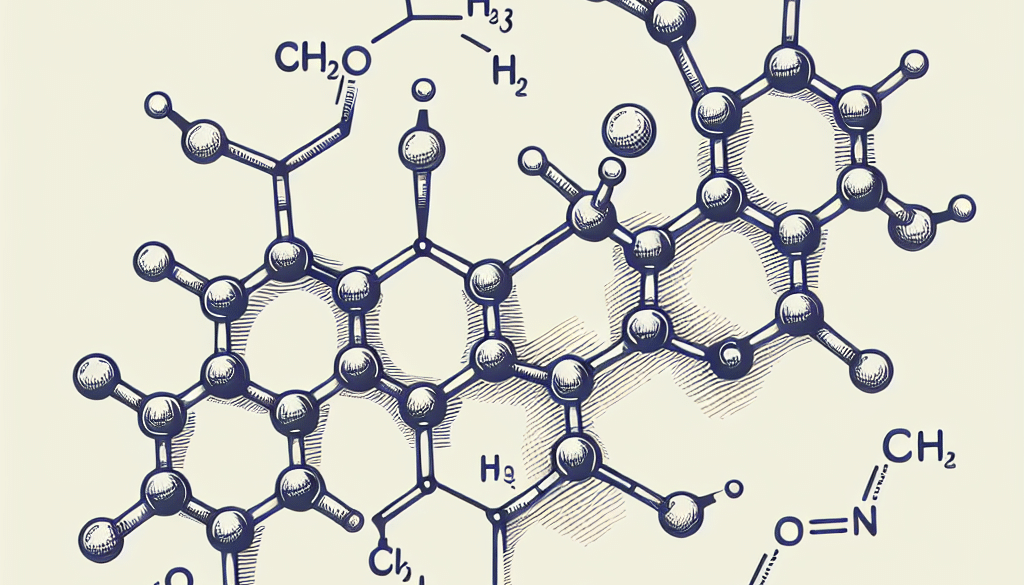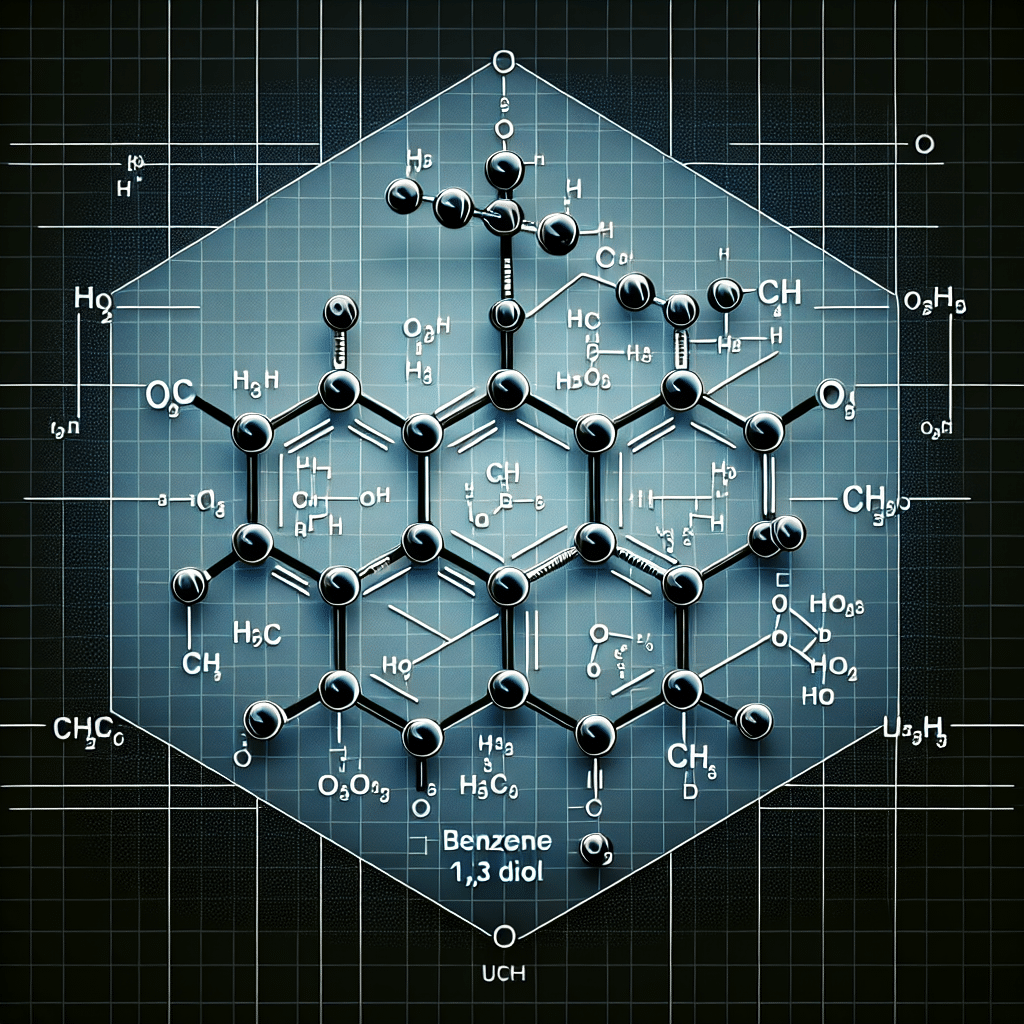Resorcinol IUPAC Name: Chemical Nomenclature
-
Table of Contents
- Resorcinol IUPAC Name: Decoding Chemical Nomenclature
- Introduction to Chemical Nomenclature
- Understanding Resorcinol
- The IUPAC Name of Resorcinol
- Significance of Chemical Nomenclature in Industry and Research
- Applications of Resorcinol
- Case Studies and Statistics
- Conclusion: The Role of IUPAC Nomenclature in Chemistry
- Discover ETChem’s Protein Products
Resorcinol IUPAC Name: Decoding Chemical Nomenclature
Understanding the language of chemistry is crucial for professionals and students alike. Chemical nomenclature, the systematic naming of chemical compounds, provides a clear and standardized way to refer to substances. One such compound is resorcinol, a dihydroxybenzene that has various applications in medical, industrial, and scientific fields. This article delves into the IUPAC name of resorcinol, exploring the intricacies of chemical nomenclature and its importance.
Introduction to Chemical Nomenclature
Chemical nomenclature is the method of naming chemical compounds according to a set of rules established by the International Union of Pure and Applied Chemistry (IUPAC). These rules ensure that each compound has a unique and universally accepted name, which is essential for clear communication among chemists and related professionals.
Understanding Resorcinol
Resorcinol is an organic compound with the formula C6H4(OH)2. It is a white, crystalline solid that is soluble in water, alcohol, and ether. Resorcinol is commonly used in the production of resins, dyes, plastics, pharmaceuticals, and as a chemical intermediate in the synthesis of other compounds.
The IUPAC Name of Resorcinol
The IUPAC name for resorcinol is 1,3-dihydroxybenzene. This name is derived from the following nomenclature rules:
- The parent structure is benzene, a six-carbon ring with alternating double bonds.
- The compound has two hydroxyl groups (OH), which are indicated by the prefix “dihydroxy.”
- The positions of the hydroxyl groups on the benzene ring are indicated by the numbers 1 and 3, showing that they are on adjacent carbons.
By following the IUPAC naming conventions, chemists can deduce the structure of resorcinol from its name alone, highlighting the importance of a systematic approach to naming compounds.
Significance of Chemical Nomenclature in Industry and Research
Accurate chemical nomenclature is vital for several reasons:
- Communication: It allows chemists to communicate unambiguously about chemical substances.
- Safety: It ensures safety by providing precise information on substances, which is crucial for handling chemicals and responding to emergencies.
- Research: It facilitates research by providing a clear reference to chemical literature and databases.
- Regulation: It aids in regulatory compliance by ensuring that chemicals are properly labeled and tracked.
Applications of Resorcinol
Resorcinol’s versatility is evident in its wide range of applications:
- Medical: It is used in topical antiseptics and disinfectants due to its antibacterial properties.
- Industrial: Resorcinol is a key ingredient in the production of adhesives, especially for wood products and automotive tires.
- Scientific: In analytical chemistry, it serves as a reagent for the qualitative detection of ketoses (Seliwanoff’s test).
Case Studies and Statistics
Several case studies highlight the importance of resorcinol in various sectors. For instance, in the pharmaceutical industry, resorcinol derivatives have been studied for their potential use in cancer treatment. In the field of materials science, resorcinol-formaldehyde resins are used to create high-strength carbon composites.
Statistics show that the global demand for resorcinol is driven by its applications in rubber products and adhesives. According to market research, the resorcinol market size is expected to grow, reflecting its ongoing relevance in industrial applications.
Conclusion: The Role of IUPAC Nomenclature in Chemistry
The IUPAC nomenclature system plays a critical role in the field of chemistry, providing a universal language for scientists and industry professionals. The name “1,3-dihydroxybenzene” for resorcinol is a testament to the precision and clarity that IUPAC naming offers. By adhering to these standards, the chemical community can ensure effective communication and collaboration across the globe.
Discover ETChem’s Protein Products
For those in the market for high-quality protein products, ETChem offers a range of collagen-based solutions. Their extensive product line includes marine, fish, bovine, chicken, and various types of collagen, catering to diverse industry needs. ETChem’s commitment to quality and customer satisfaction makes them a top choice for businesses seeking reliable protein sources.
About ETChem:
ETChem, a reputable Chinese Collagen factory manufacturer and supplier, is renowned for producing, stocking, exporting, and delivering the highest quality collagens. They include marine collagen, fish collagen, bovine collagen, chicken collagen, type I collagen, type II collagen and type III collagen etc. Their offerings, characterized by a neutral taste, instant solubility attributes, cater to a diverse range of industries. They serve nutraceutical, pharmaceutical, cosmeceutical, veterinary, as well as food and beverage finished product distributors, traders, and manufacturers across Europe, USA, Canada, Australia, Thailand, Japan, Korea, Brazil, and Chile, among others.
ETChem specialization includes exporting and delivering tailor-made collagen powder and finished collagen nutritional supplements. Their extensive product range covers sectors like Food and Beverage, Sports Nutrition, Weight Management, Dietary Supplements, Health and Wellness Products, ensuring comprehensive solutions to meet all your protein needs.
As a trusted company by leading global food and beverage brands and Fortune 500 companies, ETChem reinforces China’s reputation in the global arena. For more information or to sample their products, please contact them and email karen(at)et-chem.com today.





